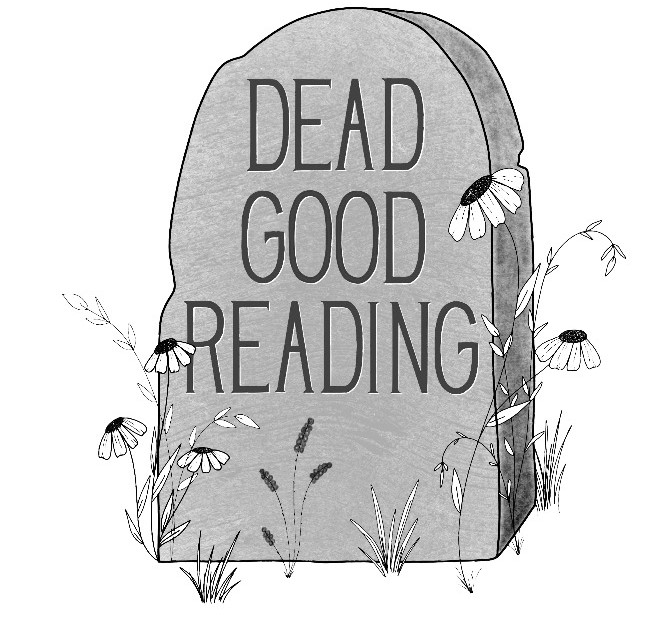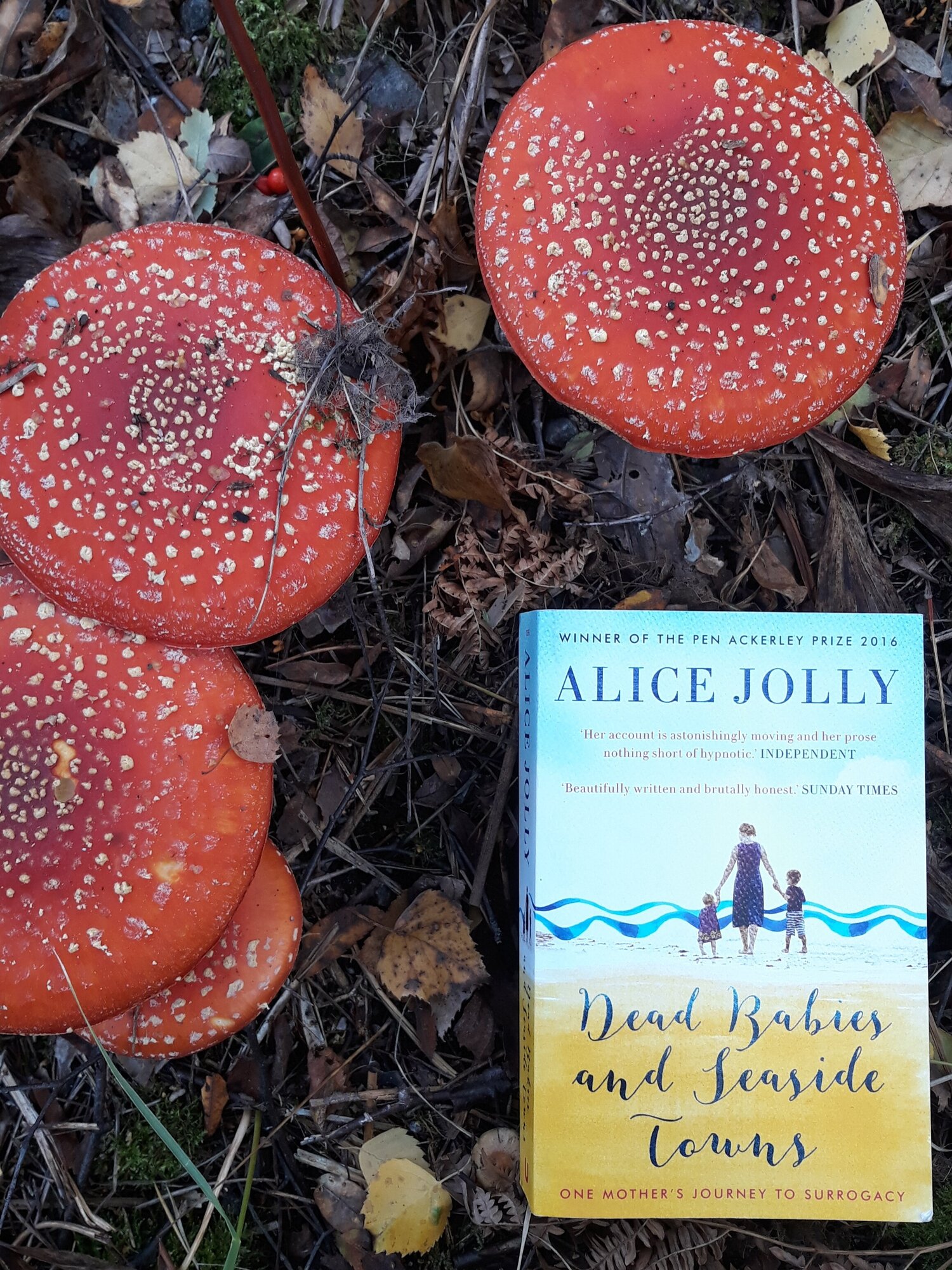October 9-15 marks pregnancy and baby loss awareness week. It is remarkable how little space there is to discuss baby loss despite how incredibly common it is. Michelle Obama miscarried, so did Meghan Markle. Thinking of the women in my close circle, who have tried to have a baby, most of them have experienced some form of pregnancy loss.
For those who have experienced baby loss, or for those who are trying to make sense of it, Alice Jolly’s Dead Babies and Seaside Towns. One Mother’s Journey To Surrogacy is great book to pick up and read. This book is the second book (the first book was last week’s This Party’s Dead) I have read that is published by Unbound and therefore crowdfunded by readers which just sounds like a brilliant format.
Firstly, can we take a moment to acknowledge the incredible title: Dead Babies and Seaside Towns. The title is a foreboder of the clarity and directness in which Jolly talks about her very difficult journey conceiving a second child. This frankness might be a response to the awful way many medical professionals and the general public spoke to her particularly, but also speak to women generally, about pregnancy, baby and pregnancy loss, and having children. I personally find it very damaging that women are advised to not share the news of their pregnancy until the 12th week (or the end of the first trimester) because of the risk of miscarriage during this period. Jolly notes that ‘the world of Dead Babies is a silent and shuttered place’. Pregnancy loss is shushed and normalised in the first trimester which makes many women deal with this on their own, whilst very likely blaming their own bodies.
Jolly’s daughter Laura was stillborn at just under twenty-four weeks, thereby defying legal notions of personhood:
“Happily we will not have to go through all these difficulties because Laura died two days before twenty-four weeks of gestation so she doesn’t need either a birth certificate or a death certificate. In fact, she does not have any existence in law.”
— Dead Babies and Seaside Towns Page: 43
This quote instantly reminded me of Linda Layne’s article ‘He was a real baby, with real baby things’ A Material Culture Analysis of Personhood, Parenthood and Pregnancy Loss which talks about the complexities of when a baby is considered a ‘real baby’ and shows how American mothers who experienced pregnancy loss, still birth or early infant death used material objects to both establish the identity of their deceased baby, but also their own identity as a ‘real’ mother. Jolly gave birth to Laura, has pictures of her that proof that she was ‘real’, yet paradoxically the current UK legal framework denies this personhood. How do you begin to try and make sense of this loss when supposedly someone never existed?
Jolly talks about her “five Dead Babies”, as she has subsequent miscarriages and several failed rounds of IVF. As a person who does not want to have children, I am always amazed how strong the urge goes the opposite way for others. I very much read parts of Jolly’s journey with utter disbelief. I am also quite squeamish towards blood so Jolly’s casual descriptions of the amounts of blood she lost whenever she was pregnant had me shivering and wondering why on earth she would ever want to try again. But my response is also part of the problem. We all have our own framework of what our lives should look like, for some this includes children, for others it doesn’t. Jolly’s memoir shows the harsh judgments people have about other people’s journeys and how even at Grief Support Groups there is no space for her particular flavour of grief and loss:
“At this group, I don’t speak because my own story has become to big to tell. And also because bitter experience has already revealed to me that my brand of grief- which involves a sizeable amount of flippancy- is not to most people’s taste. Grief, like everything else, has its rules. Encounters with The Grief Police can be bruising””
— Dead Babies and Seaside Towns Page:234
I thoroughly enjoyed Jolly’s critique of “Misery Memoirs” whilst she was writing a misery memoir herself. As a professional author, Jolly points out the limitations and the editing that occurs when writing a memoir, as writers are still trying to provide a strong narrative and give the illusion of a clear begin, middle and end. In Jolly’s case there is light at the end of the tunnel when the notion of surrogacy enters the scene. After pages and pages of loss and grief, she clearly is building towards a ‘happy ending’.
This part of the book might alienate some readers, as surrogacy is only possible because Jolly is quite wealthy (which she is aware and open about) and some readers, again, might have strong feelings about this. I found it utterly fascinating to read about non-gestational parenthood, the picking of both a woman for an egg donation as well as a surrogate mother. Knowing various children from same-sex couples I think Jolly may have been overthinking the implications of not being her daughter’s genetic birth mother, but I also wonder whether those reflections were written during an emotionally difficult time as she also seemed surprised that the already living children of the Estonian-heritage egg-donor looked ‘East European’, which to me sounds obvious as that’s were Estonia is located. As Jolly seems so aware of how to build a narrative, I wonder if these types of tiny titbits are intentional to show that whilst she was making big life decisions and (seemingly) coherent, she was also still overwhelmed and a bit out of it.
Dead Babies and Seaside Towns is an engaging book from beginning to end. Yes, it is a misery memoir, but also a commentary on writing memoirs, a critique on how the world responds to people who experience baby loss, the complexities of grieving stillbirth and pregnancy loss, and it offers important insight in the puzzling world of surrogacy.
The author’s proceeds of this book are being donated to SANDs (The Stillbirth and Neonatal Death Charity)


Leave a Reply